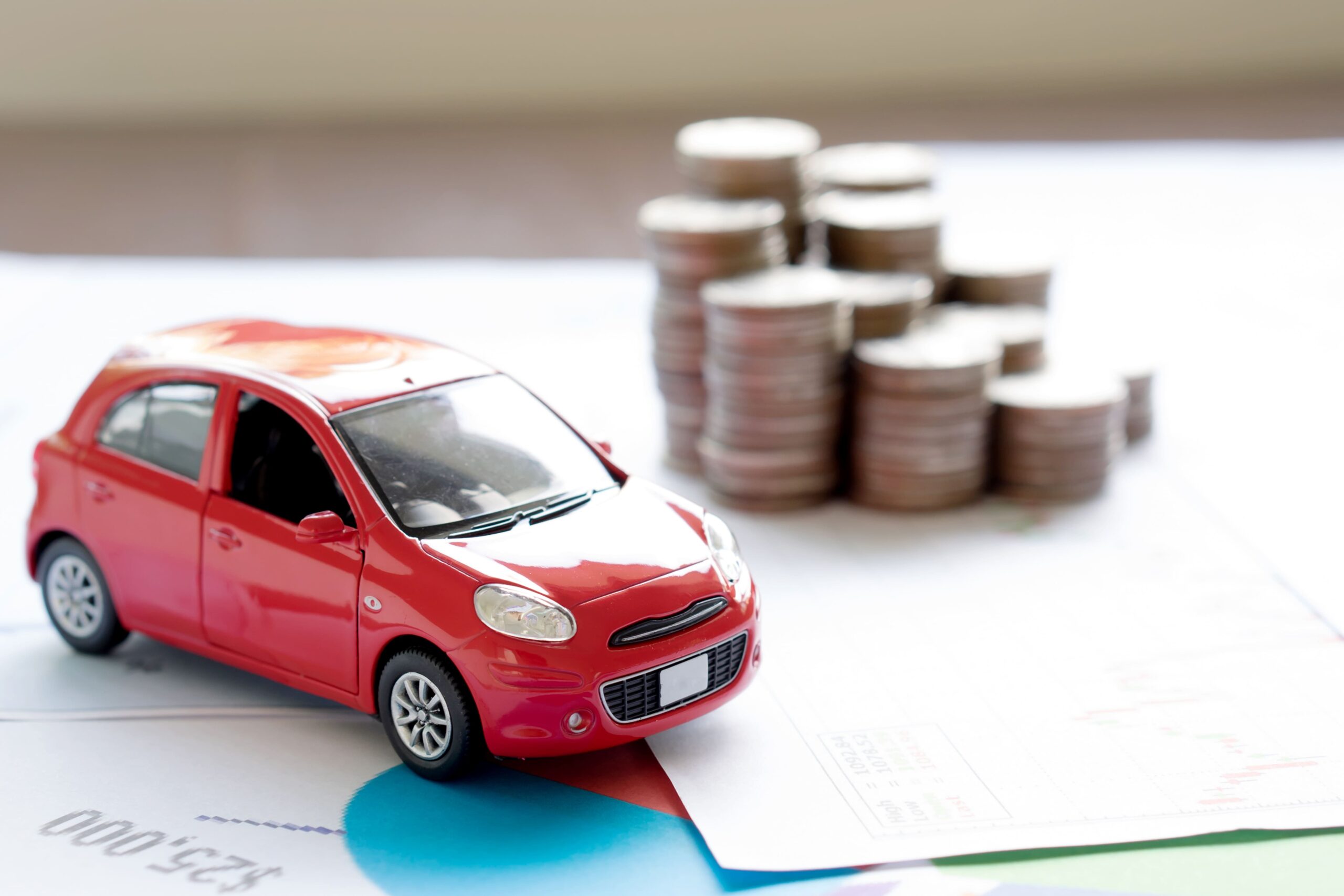- How to get cheap car insurance
- Compare car insurance quotes regularly
- Bundle your insurance for a multi-policy discount
- Increase your deductible for instant savings
- Ask about auto insurance discounts
- Compare insurance rates when you're car shopping
- Keep a clean driving record
- Drop coverage you don't need
- Buy basic car insurance (very cautiously)
- Sign up for a usage-based insurance or pay-per-mile insurance plan
- Ask about group insurance or an affinity discount
- FAQ: How to get cheap car insurance
How to get cheap car insurance
There are many ways to get cheaper car insurance, including shopping around, bundling your coverage and increasing your deductible. The tips below may not all apply to you, but applying even one can reduce your bill. The best part is that there are things you can do to start saving on car insurance today.
1. Compare car insurance quotes regularly
Shopping around and comparing rates is the No. 1 way to save on your auto insurance.
Compare car insurance quotes from as many car insurance companies as possible to find the best policy at the lowest rate. Comparison shopping can help you find cheap car insurance companies and even new auto insurance discounts.
Don't forget to consider regional carriers and not just the big national ones; they often have lower rates.
You should comparison shop at least once a year, and also when you:
- Purchase a new or different car
- Combine cars on a multi-car insurance policy
- Add or remove a driver from your coverage
- Get married or divorced
- Move
- Add a teen driver
- Purchase a home
- Are convicted of a DUI or another major violation (review DUI insurance)
- Get into a car accident
- Have a change in your credit score
Remember, the more you comparison shop, the more likely it is that you will find cheap car insurance quotes.
2. Bundle your insurance for a multi-policy discount
Purchasing homeowners or renters insurance from the company that provides your car insurance coverage can earn you a discount on both policies.
National averages for multi-policy discounts are:
- 15% for auto and homeowners insurance
- 9.6% for auto and condo insurance
- 5% for auto and renters
- 2% for auto and life
NOTE: It's not always cheaper to bundle. Compare rates separately and bundled.
3. Increase your deductible for instant savings
Increasing your deductibleThe deductible is the amount you pay out of pocket for a covered loss when you file a claim. from $250 to $500 can lower the collision or comprehensive portion of your premiumThe payment required for an insurance policy to remain in force. Auto insurance premiums are quoted for either 6-month or annual policy periods.. According to Nationwide, you may save between 15% and 30%; other insurers could be even cheaper. Increase the deductible to $1,000, and you can save even more, potentially 40%.
Remember, though, that a higher deductible means more money out of your pocket in case of a claimAn insurance claim is a request you make to your insurance company for coverage after your car is damaged or you have an accident. You can file a claim online, by phone, or in writing.. Learn how car insurance deductibles work before you choose one.
4. Ask about auto insurance discounts
Here are a few of the common car insurance discounts that help you get affordable car insurance:
- Good student. Many car insurance companies offer high school and college students a good student discount. You'll usually need a B average (3.0 GPA) or better to qualify for this discount.
- Student away from home. Likewise, most insurance carriers offer discounts for students who are away at college without a car.
- Loyalty. Several insurance companies offer a discount for staying with your company over the years, which reduces rates by up to 10%.
- Good driver. Good driver and safe driver discounts can save you between 5% and 25%, depending on your carrier.
- Vehicle security. Do you have an alarm or security/anti-theft device installed in your vehicle, such as a LoJack? That could qualify you for a safety feature discount of up to 30%.
- Paid in full. Paying your annual bill in full can save you up to 10%, rather than paying in installments.
“Consumers should check in with their agent or insurance company to have a conversation and ask what discounts are available,” says Robert Passmore, vice president of auto and claims policy at the American Property CasualtyLiability or loss resulting from an accident. Insurance Association. “They will work with you to maximize all your benefits.”
5. Compare insurance rates when you're car shopping
When you're car shopping, consider the cost of insurance. Cars that cost less to repair or replace generally have more affordable car insurance rates. Safety records and theft statistics also affect a vehicle's rates.
Make sure you compare car insurance rates by vehicle when shopping for a car. Choosing your new (or used) car wisely could save you a lot of money on insurance.
6. Keep a clean driving record
Speeding tickets, accidents, and citations for driving under the influence will all increase your insurance rates.
As noted above, good driver discounts can save up to 25%. The insurance company usually requires that you have a clean driving record for at least three years. That means no DUIs, no moving violations, and no at-fault collisions.
7. Drop coverage you don't need
You can get cheaper car insurance by dropping a few types of coverage:
- Comprehensive and collision coverage, if you have an older car. A good rule of thumb for dropping these coverages is when the actual cash value you'd receive for your vehicle doesn't justify the insurance expense.
- Rental reimbursement coverage, if you have an extra car in the household or if you have easy access to public transportation.
- Personal injury protection or medical payments insurance (if your state doesn’t require it). Consider taking this step if your family already has an excellent health insurance plan.
8. Buy basic car insurance (very cautiously)
You'll get the cheapest car insurance rates when you buy bare-bones coverage, but this should always be a last resort. Consider other options first, as basic coverage will leave you underinsured and can cost you more in the long run. The minimum coverage in most states isn't enough to cover even a moderately serious accident, especially if it involves injuries.
But if you don’t drive much and are desperate to find a way to get cheaper car insurance, bare-bones coverage is better than nothing. Upgrade it as soon as you are financially able.
9. Sign up for a usage-based insurance or pay-per-mile insurance plan
Usage-based car insurance and pay-per-mile insurance can both save you a lot of money.
- Usage-based programs monitor driving habits like braking and speed and give you a discount based on how you drive
- Pay-per-mile insurance charges a base rate and then a per-mile rate
"Driving fewer miles means you have less road time, resulting in a lower risk of getting into an accident," says Janet Ruiz, director of strategic communication at the Insurance Information Institute. "Most insurers ask for yearly mileage to give a lower rate to drivers who are on the road less."
10. Ask about group insurance or an affinity discount
Some companies offer lower rates to drivers who get insurance through a group plan from their employer or professional, business and alumni groups, and other associations or schools.
- Employers often offer health insurance group plans, but a lesser-known option is group car insurance.
- Large colleges or trade schools sometimes offer their students and alumni the benefit of buying into group insurance.
- Some insurance companies also offer members of certain groups an affinity discount.
Saving on car insurance: A case study
To illustrate some of the tips above, let's look at the example of a driver we'll call Stefan. Stefan is a registered nurse who is 28 years old and has good credit, but he recently got a speeding ticket, and his car insurance rate went up on renewal. To find a cheaper rate, Stefan followed these steps:
- Stefan calls his car insurance company and asks what he can do to mitigate the increase after the speeding ticket. The representative reviews the list of available discounts with him and they discover he's missing out on a discount for being a member of the American Association of Registered Nurses. That discount will reduce his rate by 10%, but it's still higher than what he was paying.
- Stefan requests quotes from three other car insurance companies. Two are more expensive than the rate from his current company, while one is $100 less every six months. However, he notes that if he switches, he will lose the discount on his renters insurance that he gets for bundling with his current company.
- Stefan calls his current company back and asks about its usage-based car insurance program. He'll earn another 10% off his rate just for signing up, and since he's learned his lesson about speeding, he expects to get a bigger discount when he proves he's a good driver.
- Stefan decides to stay with his current insurer to keep his bundling discount and earn a discount for his occupation. He signs up for the usage-based program, and with both discounts he reduces his rate by 20% immediately. He'll save even more after demonstrating good driving habits.
FAQ: How to get cheap car insurance
How can you get cheap car insurance as a new driver?
You can get cheaper rates, even as a new driver, by shopping around and asking about discounts. New drivers pay higher rates than more experienced drivers, but there are still ways to save.
How can I get cheap car insurance after an accident?
Not every insurance company charges for an accident the same way, so shopping around is the best way to find a better rate. You may lose a good driver discount after an at-fault accident, so look for other discounts, such as bundling your auto and home insurance, to replace it.





